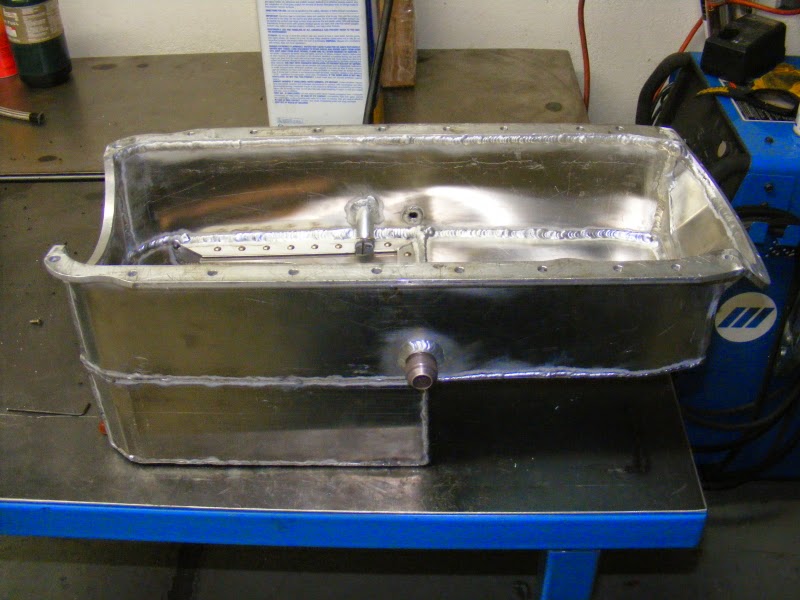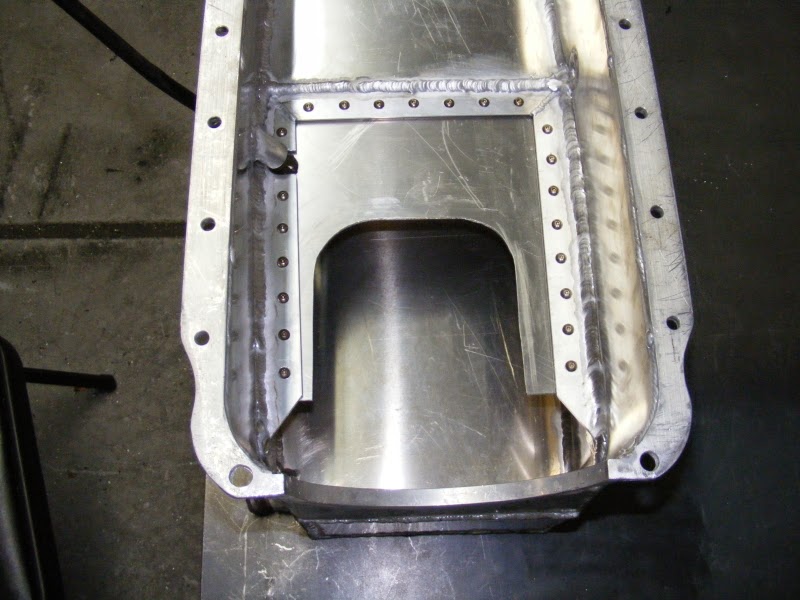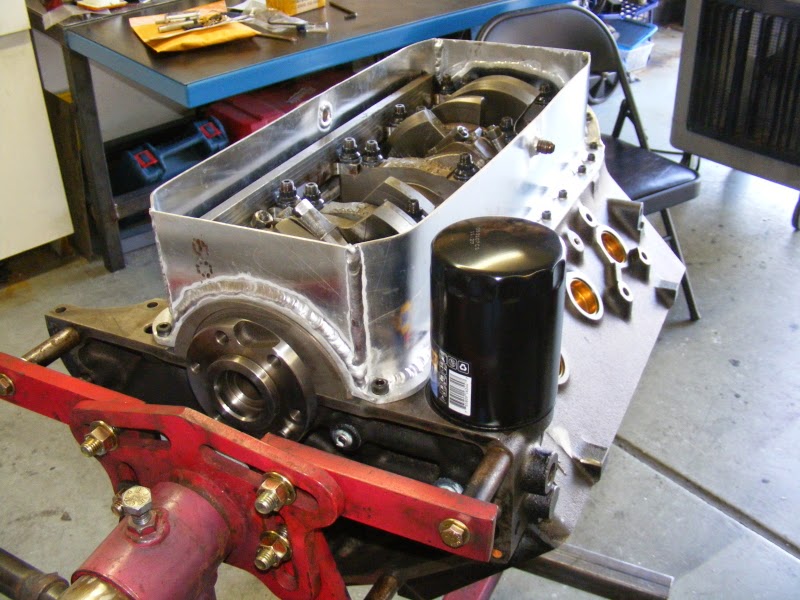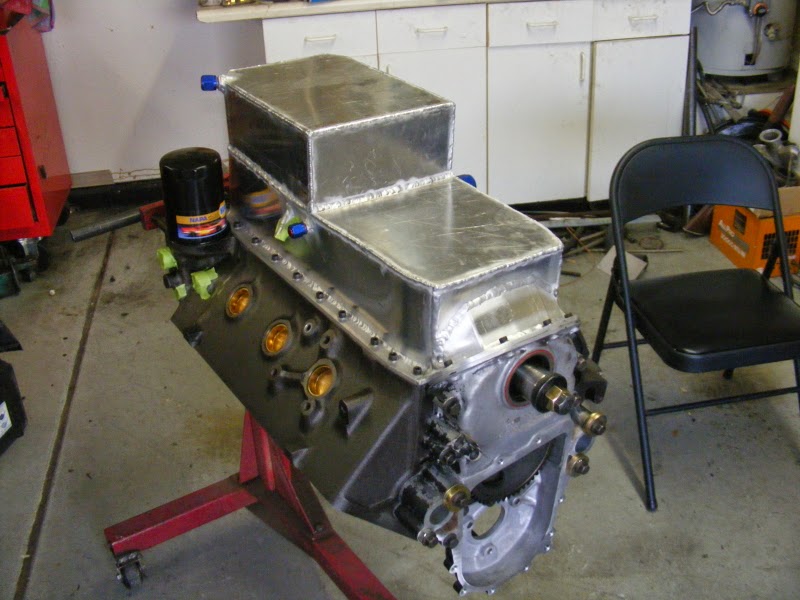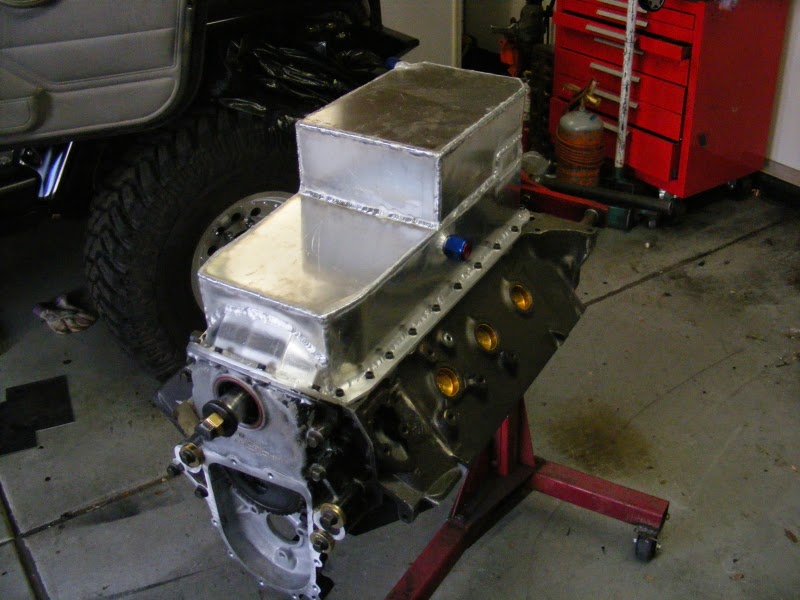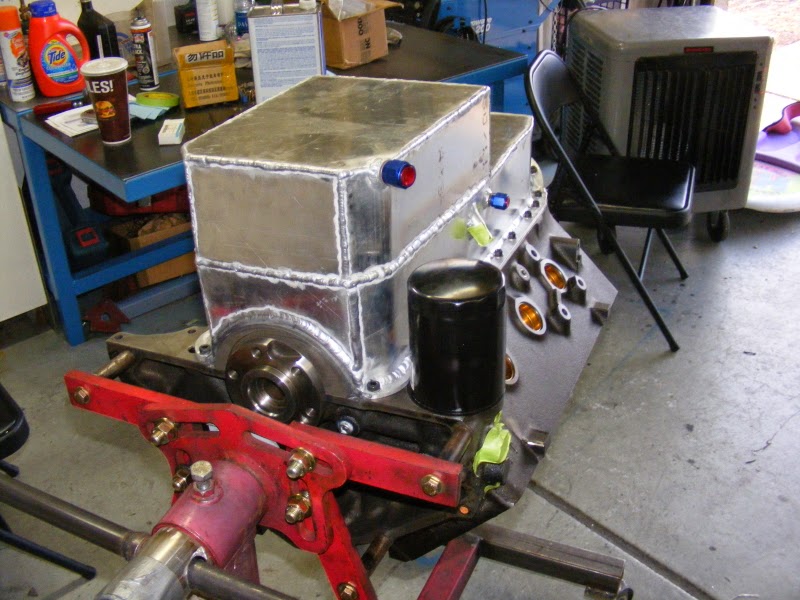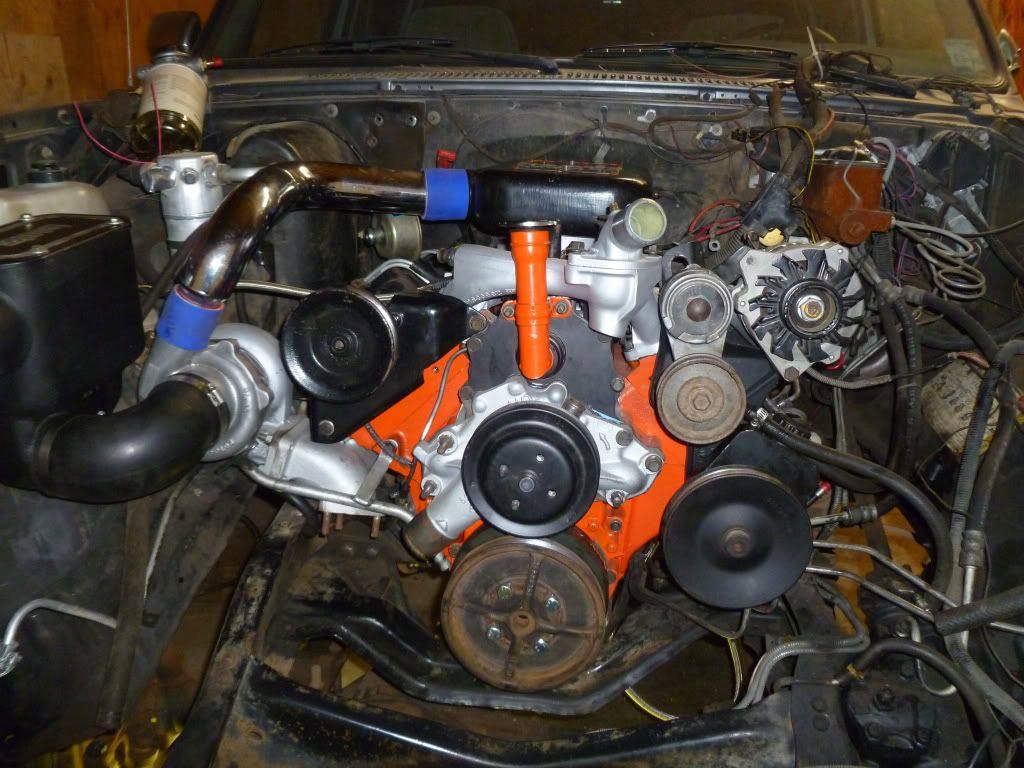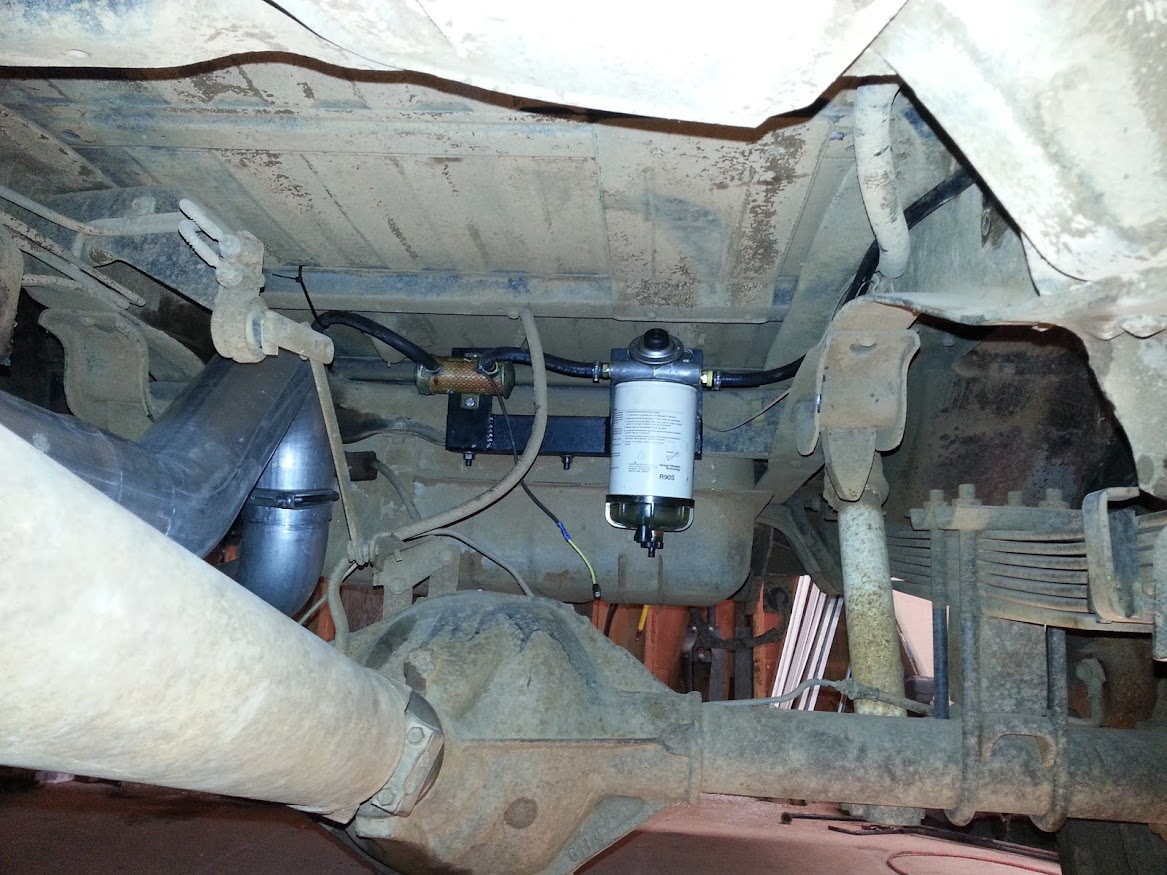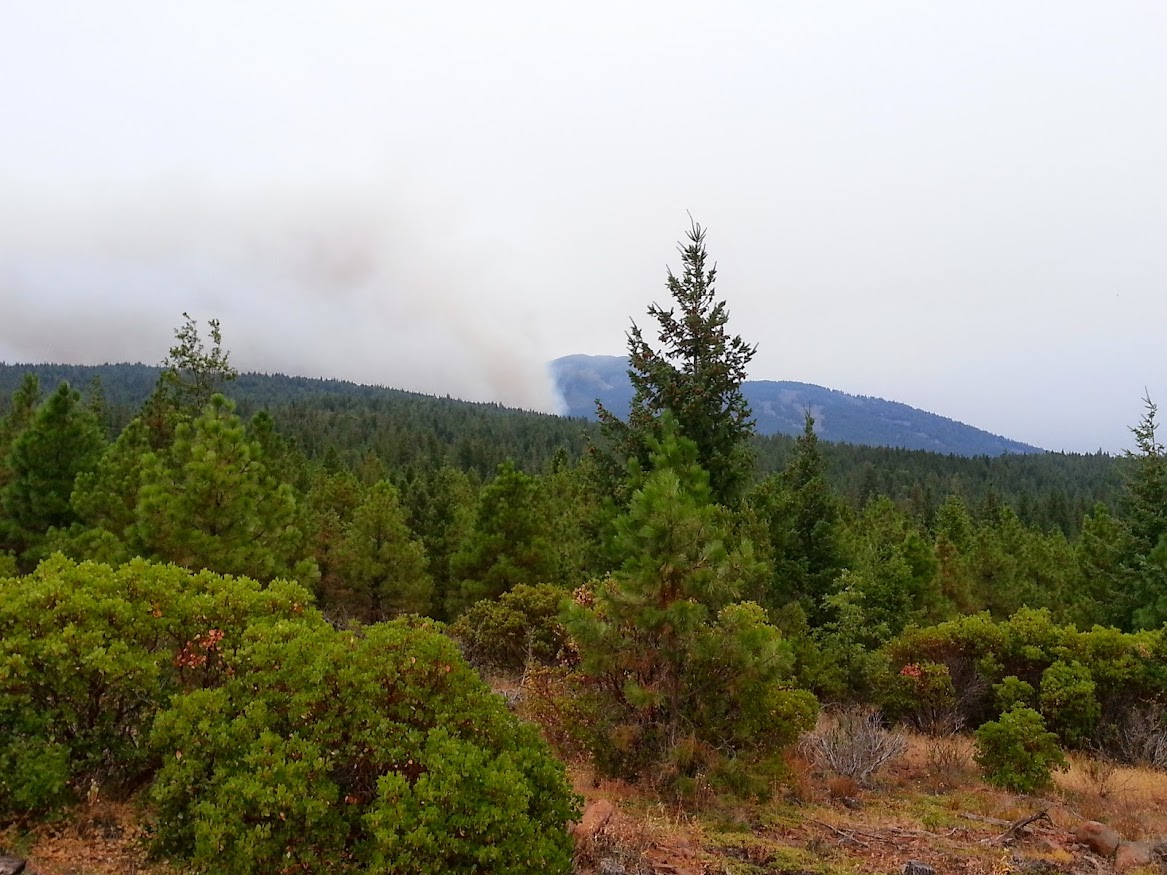Mikey von
Member
This is what she looked like when I got her. She was a stock 6.2L 3/4 ton suburban with a 4" lift. The IP was fresh plus a 10" stack of part reciepts from the dealer and she ran good. The highway was painful with a th400, 4.10 gears and stock tires. She was made for 55 mph, not 70.

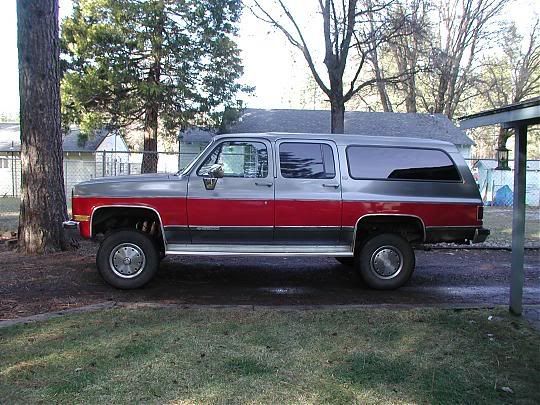
I quickly ditched the running boards and got larger tires and some black wheels.


Next came rear discs. The drums were super catchy in the cold and that was no fun on ice. I have the 14 bolt semi float and had some issues with the disc brake kit I used. Got it figured out and they stop great, no parking brake though.



I quickly ditched the running boards and got larger tires and some black wheels.


Next came rear discs. The drums were super catchy in the cold and that was no fun on ice. I have the 14 bolt semi float and had some issues with the disc brake kit I used. Got it figured out and they stop great, no parking brake though.




